
-
Find the right food for your petTake this quiz to see which food may be the best for your furry friend.Find the right food for your petTake this quiz to see which food may be the best for your furry friend.Health CategoryFeatured products
 Adult Large Breed Chicken & Barley Recipe Dog Food
Adult Large Breed Chicken & Barley Recipe Dog FoodSupports healthy joints, lean muscle, and beautiful coat for large breed dogs
Shop Now Adult Light Large Breed Chicken Meal & Barley Recipe Dog Food
Adult Light Large Breed Chicken Meal & Barley Recipe Dog FoodFewer calories for less active large breed dogs
Shop Now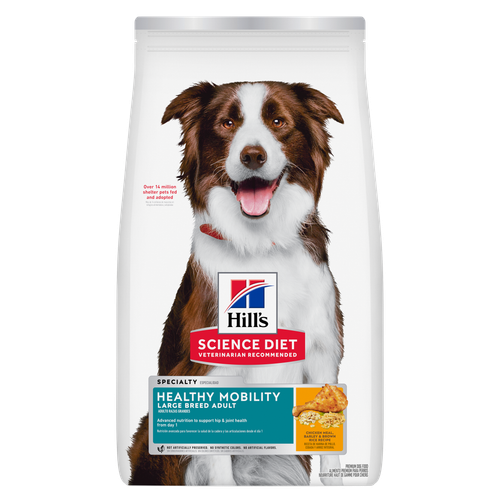 Hill's Science Diet Adult Healthy Mobility Large Breed Chicken Meal, Barley & Brown Rice Recipe Dog Food
Hill's Science Diet Adult Healthy Mobility Large Breed Chicken Meal, Barley & Brown Rice Recipe Dog FoodAdvanced nutrition shown to support joint health and improve mobility
Shop NowFeatured products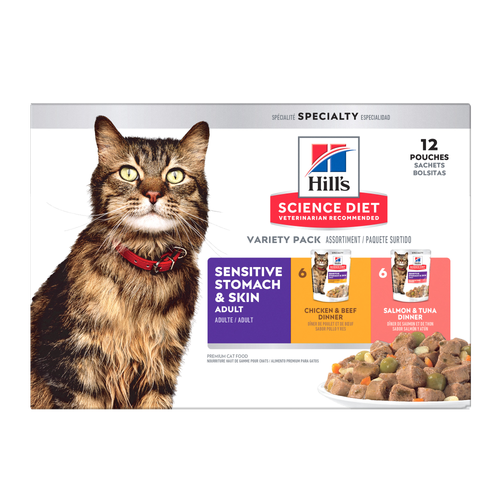 Adult Sensitive Stomach & Skin Pouch Variety 12 Pack Cat Food, Chicken & Beef, Salmon & Tuna
Adult Sensitive Stomach & Skin Pouch Variety 12 Pack Cat Food, Chicken & Beef, Salmon & TunaCarefully made, gourmet daily nutrition. Tasty chunks with Salmon & Tuna in a decadent gravy. Supports digestive health, nourishes skin and promotes a lustrous fur.
Shop Now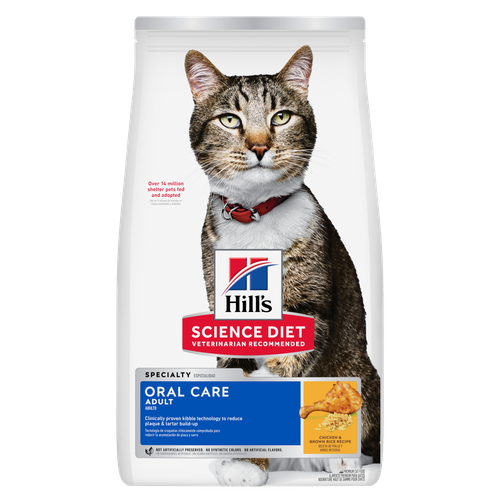 Adult Oral Care Chicken & Brown Rice Recipe Cat Food
Adult Oral Care Chicken & Brown Rice Recipe Cat FoodClinically proven kibble technology to reduce plaque & tartar build-up
Shop Now Adult Perfect Digestion Chicken, Barley & Whole Oats Recipe Cat Food
Adult Perfect Digestion Chicken, Barley & Whole Oats Recipe Cat FoodHill's Science Diet's breakthrough nutrition supports ultimate digestive well-being & healthy microbiome
Shop Now -
DogCat
- Cat Tips & Articles
-
Health Category
- Weight
- Skin & Food Sensitivities
- Urinary
- Digestive
- Kidney
- Dental
- Serious Illness
-
Life Stage
- Kitten Nutrition
- Adult Nutrition
Featured articles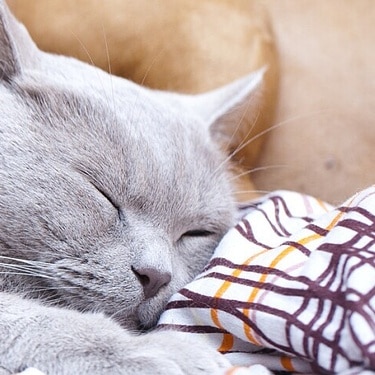 Cat vs. Dog: Which Is the Best Pet for Me?
Cat vs. Dog: Which Is the Best Pet for Me?Learn about important differences between dogs and cats, such as cost & space considerations. These factors can help you decide which pet is best for you.
Read More Fun Ideas for Kids and Pets This Summer
Fun Ideas for Kids and Pets This SummerOutdoor summer activities with your dog or cat can be fun for kids, too. Learn how they also teach kids responsibility & creates a bond with their pet.
Read More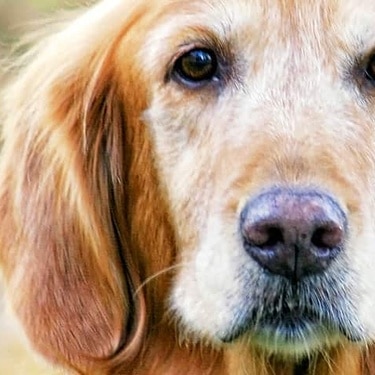 Adopting a Pet: What You Need to Know
Adopting a Pet: What You Need to KnowLearn the basics of adopting a pet, including where to begin and common questions you should ask yourself when deciding which kind of pet is best for you.
Read More -


Because of their little and darling, or small and scrappy, stature small dogs are experts at inspiring the most coddling. They can especially excel at eliciting more treats out of their pet parents. This means that parents have to be on their because small and miniature dogs are just as likely to be overweight or obese as their larger-breed counterparts.
With weight issues tipping the scales as one of the world's biggest pet problems, and one that's continually growing, it's no wonder that vets are getting nervous. After all, canine obesity is a major contributing factor in dog health problems such as:
- Arthritis
- Diabetes
- Pancreatitis
- Breathing problems
- Shortened life expectancy
Since some small breeds are already prone to respiratory concerns (especially those with shorter noses, such as Pugs), even a little bit of excessive weight can be cause for concern.
Such serious health risks make it clear that we should help our four-legged friends keep at a healthy weight, but what causes little dogs to gain weight in the first place?
Blame the Breed?
Some small dog breeds are well-known for their propensity to pack on the pounds:
- Cairn Terriers
- Dachshunds
- Scottish Terriers
- Cavalier King Charles Spaniels
- Cocker Spaniels
If you have a small dog that's prone to big weight gain due to breed, neutering status, begging ability or other factors, you'll have to be extra-diligent in avoiding excess baggage.
He is What He Eats
If your dog eats meals that are high in calories, he's likely to start looking a tad hefty after a while, unless he's a real fitness fanatic. Unfortunately, sporting that chubby look can seriously impact his long-term health. For most little dogs, combining a calorie-controlled kibble or canned food with regular exercise is a good way to keep fit and healthy.
Portion Control
Portion control can be a big problem when it comes to feeding little dogs. To avoid problems, it might be helpful to measure out a daily food and snack amount into a separate container, and then feed your dog only what's in the container and nothing more. You might also find that calorie counting is worth the extra effort, especially if you already do it for yourself.
Whatever your method, controlling the portion of your dog's daily ration is important in making sure he is getting just the optimal amount. Start with the suggested amount listed on the label of your dog's food, and adjust as needed from there. Your vet is also an excellent reference when deciding how much to feed your pooch.
What About Snacks?
Pets (and people) gain weight when they consume more calories than they burn. Portion control is key to avoiding weight gain when it comes to a pooch's main meals, but we can't forget about the snack-factor. Small dogs simply need smaller snacks. Find treats for small dogs with low calories, or break larger treats into smaller pieces to satisfy your small friend without piling on the calories.
Labels Will Tell
Carefully checking the labels on your dog's food and treats will help you fight excessive weight gain. There you will find a full set of instructions for proper feeding amounts. Make sure to feed for your dog's ideal weight, not his current poundage. Remember that everything your dog eats, including treats, factor into his daily calorie intake -- which ultimately affects his waistline.


Tasty Tips
What's a Body Condition Score?
Body Condition Score, or BCS, is the ratio of lean to fat (or adipose) body mass. Lean body mass is the weight of your dog's bones, muscles, etc. Fat body mass, or adipose tissue, is simply that -- the fat. The higher the BCS, the more weight your dog will need to lose, with the ideal BCS at 3 out of 5. If your dog's BCS is more than 3, you should ask your vet for a healthy weight-loss plan. Here is a handy diagram to monitor your dog's BCS at home:
Body Condition Score
 ,
,| Ideal-3 | |
|---|---|
| Ribs | Easily felt with slight fat cover |
| Tail base | Smooth contour with slight fat cover |
| Side view | Abdominal tuck |
| Overhead view | Well-proportioned waist |

| Overweight-4 | |
|---|---|
| Ribs | Difficult to feel under moderate fat cover |
| Tail base | Some thickening, bone palpable under moderate fat cover |
| Side view | No abdominal tuck |
| Overhead view | Back is slightly broadened at waist |

| Obese-5 | |
|---|---|
| Ribs | Difficult to feel under thick fat cover |
| Tail base | Thickened and difficult to feel under thick fat cover |
| Side view | No waist, fat hangs from abdomen |
| Overhead view | Back is markedly broadened |
Tips for workout success
- Start slow: Aim for manageable goals; slow and steady weight loss is the aim here. He'll need to take it slow at the beginning to avoid over-exerting himself. Work with your vet to determine a healthy ideal weight and exercise plan for your little one. It may take months for your pooch to get rid of his excess weight so don't get discouraged!
- Think outside the box: Or just get outside! One bonus of helping your pet lose weight is the fun new activities you can try together. Maybe take up swimming at your local lake for low-impact exercise that will be easy on your dog's joints, as well as yours! If it's cold out, supervise your small dog carefully while letting him doggie-paddle to his heart's content in a cool (not cold) bath.
- Pick something you both like: Not a runner? Never fear! You don't need to put yourself through a rigorous running regimen just to slim down your dog. Throwing a ball around, going for a long stroll, or navigating an agility course are all great alternatives to going for a jog. Your little companion will love doing whatever you do.
- Resist those eyes!: When your sweet little pup is gazing up at you, pleading for you to drop that tasty tidbit into his waiting jaws, be strong! Less calories in means less excess weight, and calorie-rich human food is one of the biggest culprits when it comes to canine weight gain. Although it may feel like a testament to your culinary prowess, he'll be better off without.
Your pup will look to you to help him lose weight, so it is important to be consistent. This includes making sure that all family and friends that spend time with your dog are on board. That means keeping your children from letting your dog lick their plates clean. He may seem more tired at the beginning, but that is to be expected. Slowly as he starts to lose weight he will start to gain his energy back and he will thank you for making healthier.


One of our staff authors prepared this article for you
Related products

Fewer calories for less active dogs

Advanced nutrition shown to support joint health and improve mobility

Supports healthy joints, lean muscle, and beautiful coat for large breed dogs

Fewer calories for less active large breed dogs
Related articles
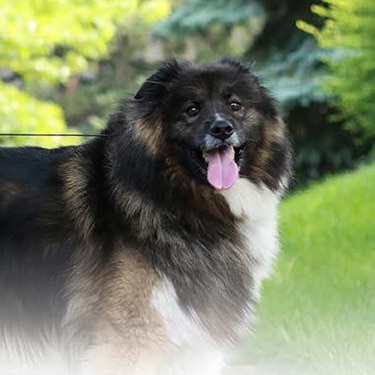
A little exercise can make a big difference. Not only will it enhance your pet’s health, but it will beef up your relationship as well.
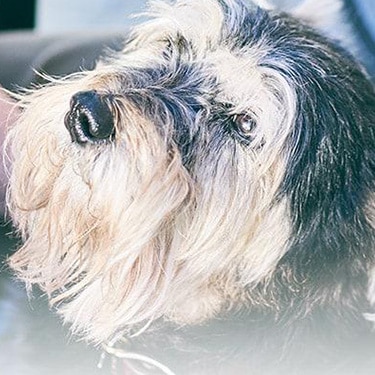
Though it may seem like your four-legged friend loves nothing more than to nap on the couch, dogs need regular exercise to stay healthy just like people do.
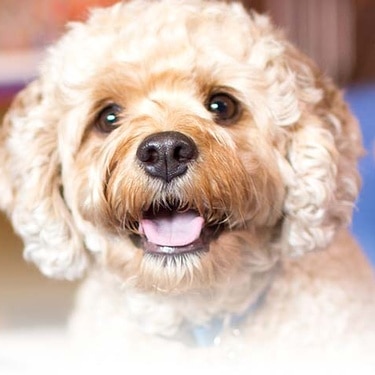
Learn about choosing the right dog food to help ensure your mature older dog will receive the correct balance of nutrition.
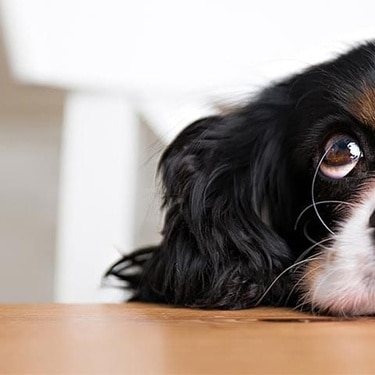
Learn how to stop your dog from begging at the dinner table, and understand how it can help contribute to his health.

Put your dog on a diet without them knowing
Our low calorie formula helps you control your dog's weight. It's packed with high-quality protein for building lean muscles, and made with purposeful ingredients for a flavorful, nutritious meal. Clinically proven antioxidants, Vitamin C+E, help promote a healthy immune system.
Put your dog on a diet without them knowing
Our low calorie formula helps you control your dog's weight. It's packed with high-quality protein for building lean muscles, and made with purposeful ingredients for a flavorful, nutritious meal. Clinically proven antioxidants, Vitamin C+E, help promote a healthy immune system.

